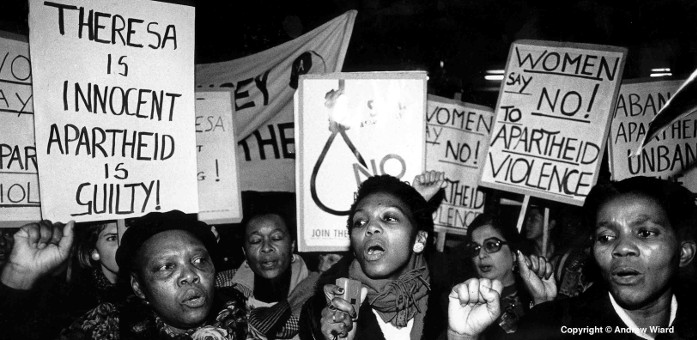
Avellon Williams
TRINIDAD AND TOBAGO- During apartheid, Africans were constantly imprisoned for reasons that were seldom given, making it difficult for them to resist. Although black South African men are well known for being imprisoned and tortured by the government, women were also victimized.
In South Africa, women were the inspiration for men and their children but rarely were they free. In addition to being shot at and killed, many female protestors and resisters were raped, tortured in various ways, and sent to prison, where some of the worst were experienced by young female South Africans.
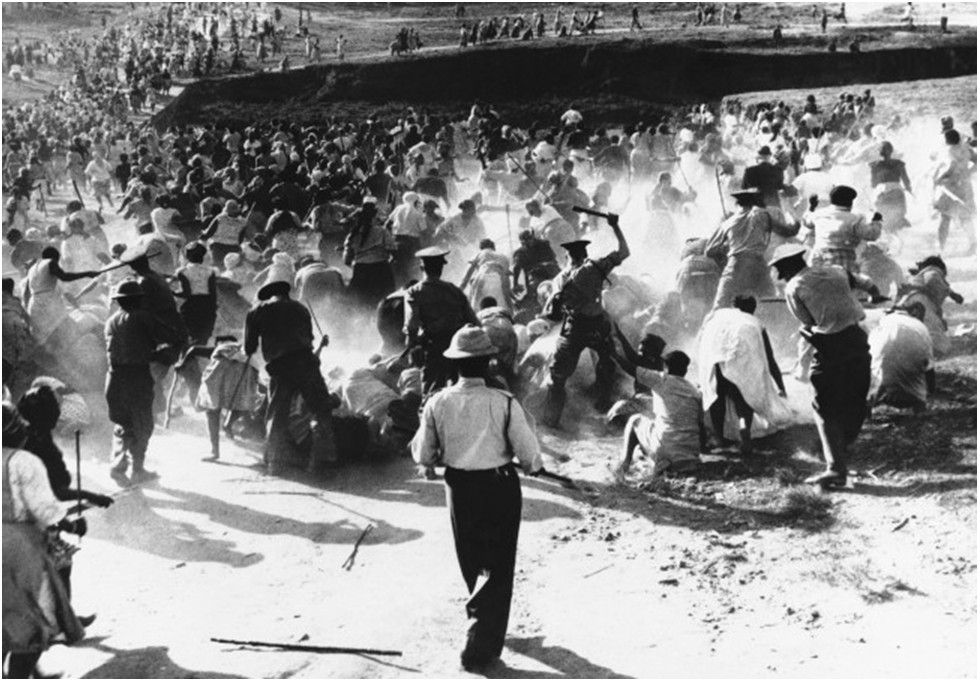
The hardships faced by women in prison were as bad as those faced by men on the outside, such as a lack of clothing and basic needs, which some refer to as a “leftover category”.
The fact that women were subjected to gender-based violence and did not always possess the physical strength to resist made them even more vulnerable. Women were often targeted because of their sex; they could easily be raped, and some even resisted less to male wardens in exchange for a better meal or clothing.
Women were vulnerable to many different kinds of cruelty during these times of apartheid, including sexual vulnerability, menstruation, and sometimes even pregnancy, making them easy targets for many security guards.
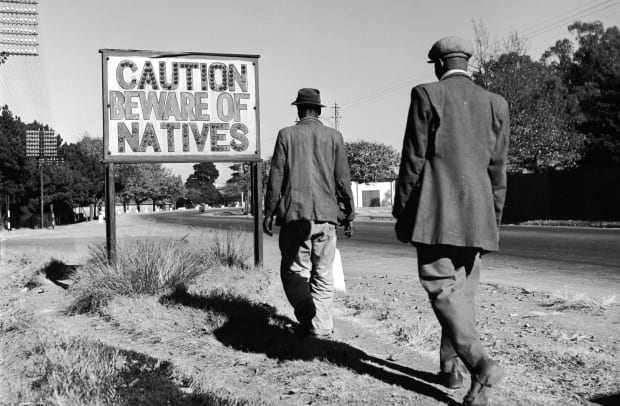
Even though the prison life for the woman was worse, the conditions of confinement were harsh for all South Africans. It was said that some prisons reached almost 200% of their capacity during apartheid. As a result of apartheid, the prisons were filled with members of the black community in South Africa. There was racial discrimination even in prisons, where Whites and Blacks were segregated. In South Africa, Blacks had worse conditions than Whites.

Additionally, to prisons being overcrowded and inmates being tortured, Black South Africans were given less and sometimes unwashed clothing. As Winnie Mandela says in her autobiography some objects ‘have bad stories for about a quarter of the mat is full of blood’ (Mandela 2013; 10).
Because the lights in the cells are never turned off, it is virtually impossible to tell when the sun rises or falls, so prisoners kept calendars close by, and they were kept in solitary confinement for twenty-two hours a day without the chance to leave.
It was common for most political prisoners and the general population of men to work in quarries and mines during the day. The majority of the prisoners were told that they would only work for a few months for a few hours a day, but they ended up working for years from 8 A.M. to 4 P.M. Upon arriving in prison, one would be given “prison garb,” a nickname for prisoner clothing.

During these times, apartheid’s social rules were magnified when non-Africans got long trousers and socks and Africans got shorts without socks. Tea and coffee were served twice a day to non-Africans, but only once to Africans. It was customary for non-Africans to receive grits for lunch and to receive one slice of bread in addition to their dinner, whereas Africans received boiled corn for lunch and never a slice of bread at dinner.
This struggle of everyday life in prison, in general, was enough for some African women to handle, but in addition to being Black in a White controlled world, they also faced torture and rape.
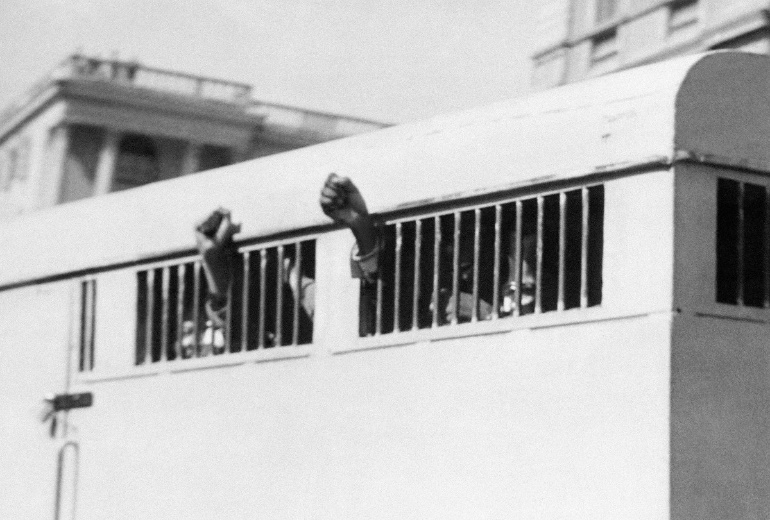
It was generally the case that prisons were overcrowded everywhere, and that men and women were separated in most prisons. There were also a substantial number of female prison guards who guarded the women but not in every case. When male prison guards showed up to search the women or their cells, it would scare the women even more. The prison experience for females was very different from that of males, due to their lack of physical ability and sometimes emotional weaknesses.
During an interview in the book Lives of Courage, a woman reported that a male guard told her after she had been strip-searched that he loves interrogating women. I can get things out of them and do things to them that a man cannot (Russell 1989; 31). Therefore, a woman’s prison stay could be much harsher than a man’s.
Along with physical and mental disadvantages, women’s work was also slightly inferior to men’s. A majority of men worked in the quarry fields or mining spaces, earning little pay, while women worked inside the prison, cooking and cleaning, earning no wages, and interacting with guards constantly.
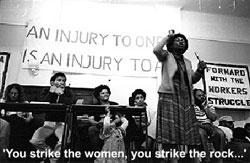
The most difficult job for a woman during this time in prison was protecting her body, gender, and sexuality. It was extremely difficult for most women to do this when they were given little attention and other women tortured them. Not just Black women, but women as a whole took pride in their gender.
As Russell (1989; 36) notes, Elaine Mohamed and her female friends suffered more from the punishment or words of another woman who interrogated them. In the eyes of the White women, they felt betrayed by the monsters inside them, just as they had seen in the men.

According to Winnie Mandela as she wrote ‘As the cane lashes at them, sometimes a hose pipe, you feel it tearing at you own flesh mercilessly. Mandela (2013) says, “It’s hard to imagine women inflicting such punishment.”. Other women during this period of torture expressed their amazement and shock at how the female prison guards do not see black women as members of society or as belonging to the same social class of gender as them, but rather as objects to be tortured by others.
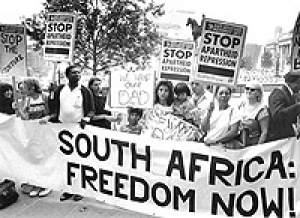
While in prison, women faced many challenges, yet some problems no male prisoner faced. It was difficult for women to live in prison due to their period, breast sensitivity, and sometimes even giving birth after being raped or thrown in jail pregnant.
Joyce Sikhakhane-Rankin said, ‘As a woman, you dreaded your menstrual period because it became so public under the watchful eye of your interrogators.’ Sanitary pads were available upon request. During your menstrual flow, they forced you to stand interminably as punishment (Mutume).
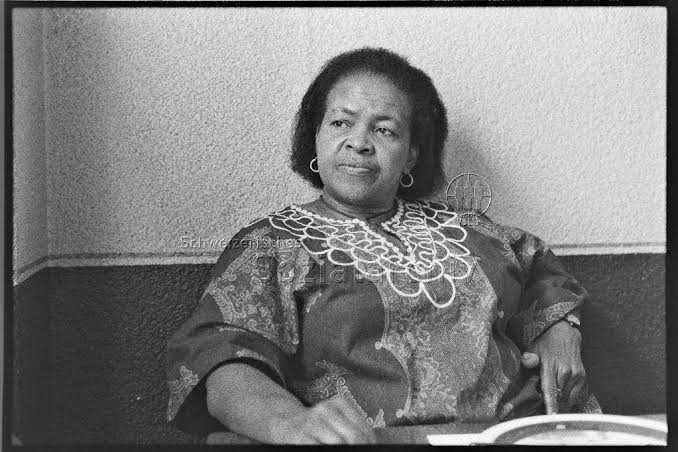
Torture like this was often among the worst for women; guards used it to punish them in a way that was not available to males. In addition to this kind of punishment, the blood and embarrassment often brought back memories of previous tortures. According to Mutume, the sticky blood reminded them of impending slaughter at the hands of their torturers. Blood drying on their legs and ankles was a constant reminder of their fear and disgust for guards. One recurring problem with women was that some were beaten in the stomach and gut area, resulting in permanent damage. As a result of not being able to have children or stopping menstruating, some women had to have surgery.

It was a first-hand experience for Connie Mofenkeng because her period didn’t resume until July 1986. Due to repeated kicks to my fallopian tube, the doctor said I had a blockage in it (Russell 1989), 53. In comparison with other forms of torture throughout the prison, these punishments made women unique.
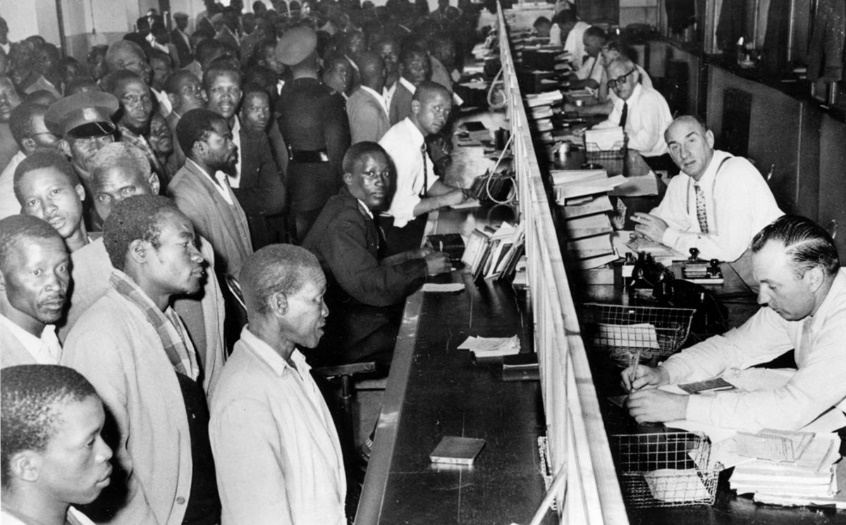
After weeks, months, and years passed, this loneliness and torture took its toll on women’s mental health and the way they thought and acted. The majority of Elaine Mohamed’s prison time was spent in solitary confinement alone. In her days, the only people she saw or even had a chance to associate with were the guards that searched her and brought her food.
She began hallucinating in prison as her days in solitary confinement passed, presumably to cope with loneliness (Russell 1989; 40). Russell (1989;40) writes that she created in her mind a second person named Rose’ to help her cope with her mental and physical pain, along with her loneliness. In her explanation, she says she created the character in her mind to help her deal with the pain, and she could imagine Rose breaking down in tears so that she could appear strong in front of the guards.
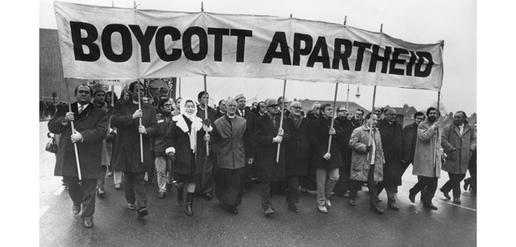
She intended to return to the University of South Africa to finish her masters when she was released from prison, but she was unable to return because her concentration and basic reading skills had deteriorated as a result of a lack of reading and writing material. In addition to school, Elaine’s social skills were lacking in the sense that she had difficulty looking people in the eye after imprisonment.
(Russell 1989; 33) noted that her father noticed she looked away when someone spoke directly to her. It was not just Elaine who reported difficulties sleeping and hallucinations of guards walking through doors to search their cells and men trying to grab and touch them, but other women as well. (Russell 1989; 40). After being released from prison, torture and beating wounds will heal, but the scar of mental illness will never go away.
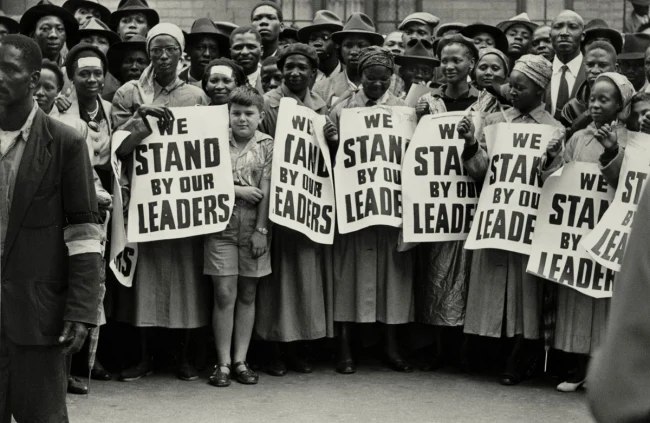
Prisons during apartheid were full of discrimination and emotional turmoil for women as well as men. In addition, they suffered indignities that were specific to their gender and gender-based violence. As mothers and women who were continuously fighting for freedom, they became some of the toughest prisoners and survivors of apartheid. It is this alone that gives women the respect and honor they deserve as they played an important role in fighting apartheid.




